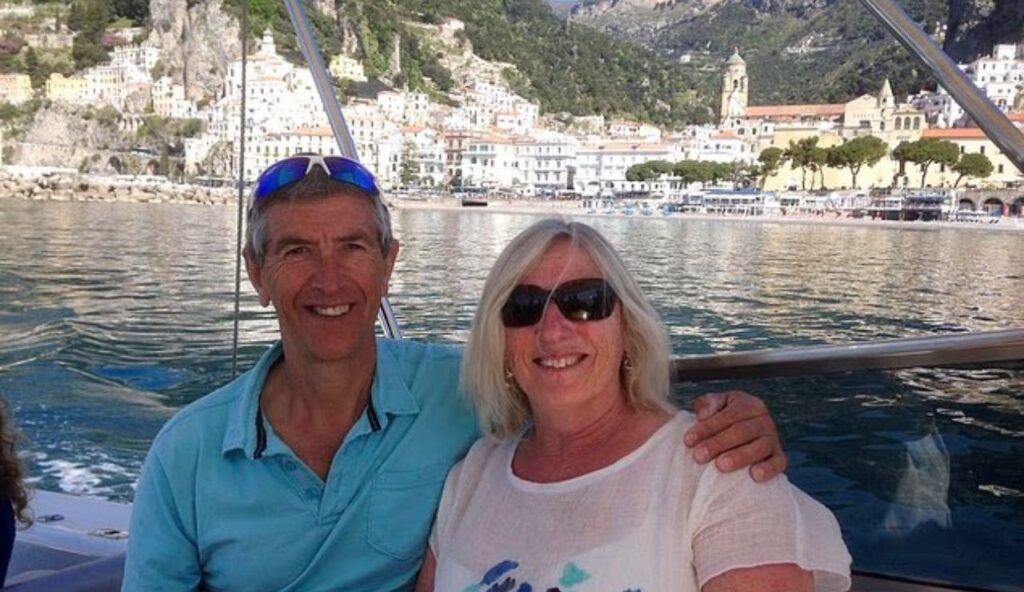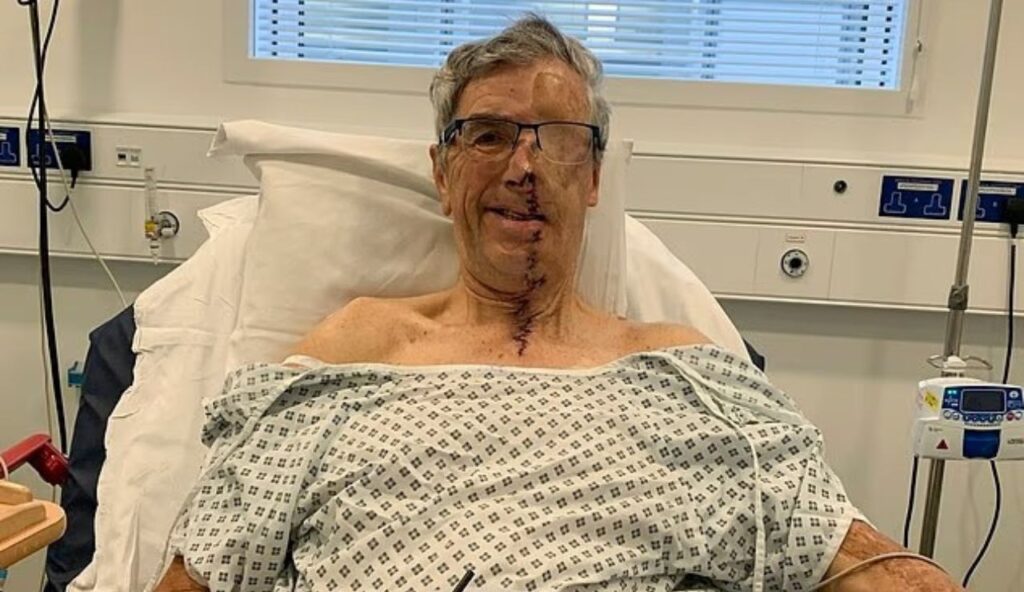A 75-year-old cyclist who suffered catastrophic facial injuries in a collision with a drunk driver has received a life-changing 3D-printed prosthetic through a pioneering NHS program.
Dave Richards was cycling with friends near his Devon home in July 2021 when he was struck by a vehicle on the A303 near Mere. The impact trapped him beneath the car, dragging him along the road and causing severe burns and trauma.
Extensive Injuries and Initial Treatment
The grandfather of four sustained third-degree burns covering half his face, along with damage to his back and pelvis, and multiple broken ribs. The friction against the tarmac tore away portions of his upper face, nose, and neck.
Surgeons at Bristol Royal Infirmary told Richards he was fortunate to survive. Medical teams were forced to remove his eye due to infection risks and performed reconstructive surgery using a skin flap to cover the damaged areas of his face.
Richards explained that doctors worried any infection could travel from the eye through the optic nerve to his brain, necessitating its removal. The surgical team then transplanted tissue with blood vessels from another part of his body, carefully connecting the arteries and veins to restore blood flow to the reconstructed area.

Revolutionary 3D Technology
During his recovery, which included two additional procedures to address scar tissue complications, Richards was referred to the newly established Bristol 3D Medical Centre at Frenchay. This facility represents the first NHS location in the UK to combine 3D scanning, design, and printing capabilities under one roof.
The center utilizes advanced digital technology to provide customized prosthetics for trauma patients. Richards received a precisely fitted 3D prosthesis that matches his natural hair color, eye color, and skin tone.
Transformative Impact
Richards described the process as “surreal” but ultimately beneficial to his confidence and rehabilitation journey. Traditional prosthetic methods required uncomfortable molds and wax impressions, whereas the new technology offers more sophisticated solutions.
In the aftermath of his injuries, Richards struggled with social anxiety and self-consciousness about his appearance. He avoided public situations and found it difficult to adjust to his altered image. The prosthetic technology has helped him regain confidence and re-engage with social settings.
Beyond the facial prosthetic, Richards has also received an orbital prosthesis and 3D-printed neck braces designed to soften scar tissue. He reported remarkable improvement after just one week of wearing the neck brace, which applies targeted pressure to reduce scarring and makes wearing his facial prosthetic more comfortable.
Ongoing Recovery and Outlook
Despite initial skepticism about the treatment, Richards has embraced the technology and continues regular visits to the center. He maintains an open-minded approach to his medical care, carefully weighing potential benefits against risks for any proposed treatments.
Richards may require additional surgery in the future and continues receiving treatment to manage scar tissue tension. He remains committed to exploring any therapeutic options that could improve his quality of life.
Advanced Medical Capabilities
Amy Davey, Senior Reconstructive Scientist at North Bristol NHS Trust, highlighted the advantages of the new technology. Surface scanning allows patients to move naturally during the process, enabling prosthetics that accommodate facial movement and expressions.
The 3D printers use specialized plastic resins that are safe for prolonged skin contact. Another printer at the facility can create materials that mimic bone properties, producing more natural implants. The scanning technology also enables medical teams to track patient progress over time and make precise adjustments to treatments, particularly for scar management.
Justice Concerns
The driver responsible for the collision received a three-year prison sentence and a seven-year driving ban. However, he was reportedly released after serving only 18 months due to good behavior and an early guilty plea.
Richards expressed frustration with the reduced sentence, noting that he nearly lost his life and continues to experience daily pain from his injuries. He vividly recalls being trapped beneath the vehicle while his two companions were thrown clear of the impact. The driver was allegedly speeding and using a mobile phone at the time of the crash.
The incident has left lasting physical and emotional scars, but through innovative medical technology and determination, Richards is rebuilding his confidence and reclaiming his life.






